
New York Sun, June 30, 1907
In Part 1 of this delightful Brooklyn cat tale, I shared the first half of a story about drunken kitties, which was published in the Brooklyn Daily Eagle in June 1907. In Part II, I will complete this feline tale of Bergen Street and also provide a few more historical details about the old hamlet of Bedford, its quaintly named town center, Bedford Corners, and the Lefferts family who settled there.
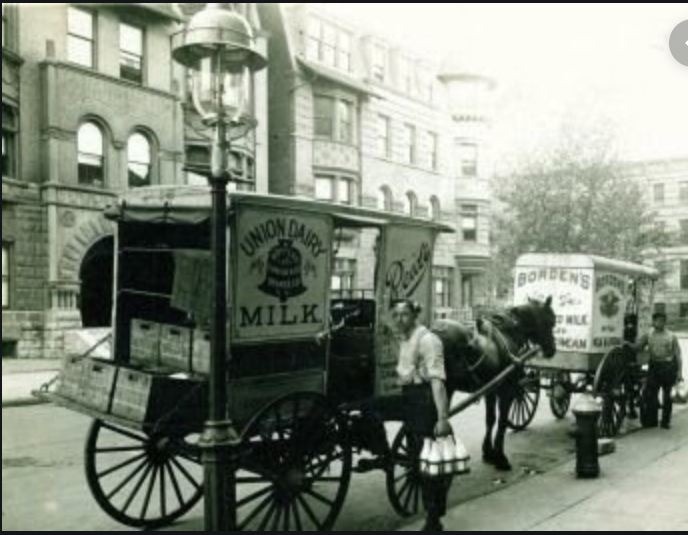
When we left off, the kitties were wading and wallowing in the milk that had spilled when a Bergen Street trolley struck a horse-drawn milk wagon near the corner of New York Avenue. It was a feline dream come true….
The approach of a trolley car was the one jarring note in the whole thing. The bright eye of the headlight bore down upon them and sent them scurrying in all directions. About the same time the cats saw the car, the motorman rubbed his eyes to make certain of the sight that greeted them.
He saw the swarm of felines and then remembered the old story of the plague of rats that had infested a German village. The cats were to swarm also, it appeared, and without a doubt they were fierce. He took off the brake, shoved the controller to full speed and then ducked behind the dashboard. Through a line of frightened pussies the car dashed and the cats were nearly drowned in the spray from the wheels. Two little kittens, who imagined they were enjoying a foretaste of heaven, were taken off their feet and rolled over and over in the surf of milk made by the passing car. The motorman fortified himself with a “high one” after he reached the depot.
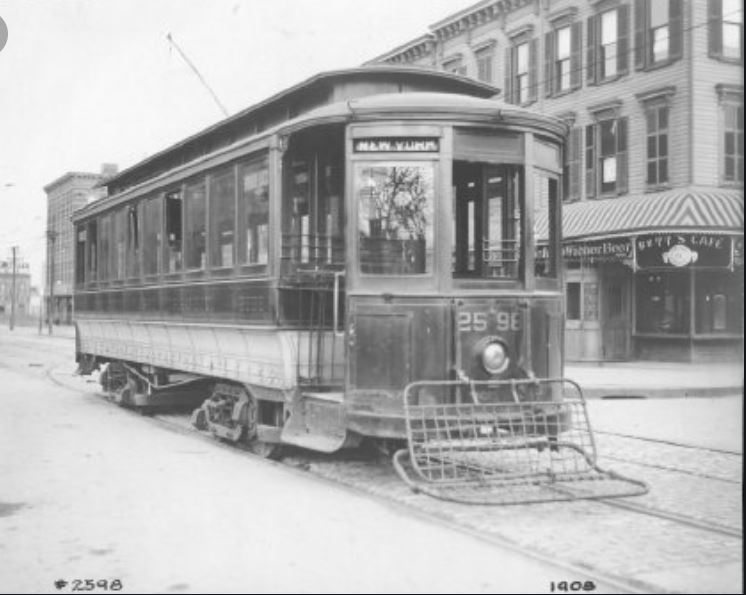
When the trolley had frightened out several of their nine lives the cats returned to the lake of milk to make the remaining existence worth living.
A passing policeman saw the horde of animals and walked to the other end of his post.
‘The milk of human kindness,’ he explained to himself.
Bakery wagons, butcher carts and dirt trucks were now passing along Bergen Street and every turn of the wheels imperiled a nine-fold number of lives.
It interfered greatly with a property enjoyment of the cat banquet, so reluctantly they were compelled to leave the scene of the feast. Most of them were surfeited but they would have continued had not the passing vehicles made such a thing impossible.
With distended stomachs, and licking their chops, they returned, some to the cellars and the back yards, others to the pillow in the parlor, but the neighborhood is almost sure there will be no rear fence concerts for at least a week.
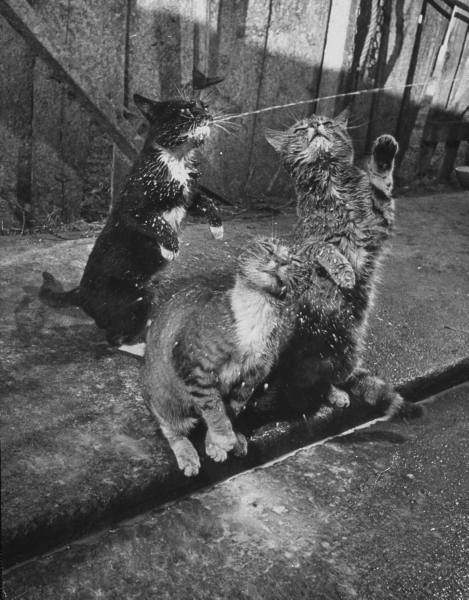
The Lefferts of Bedford Corners
The neighborhood where this milk catastrophe took place was once part of a hamlet called Bedford. Much has been written about Bedford and the Lefferts family who settled near Bedford Corners, but I found some great old maps, complete with a key (below), so I wanted to share them for those of you who appreciate history as much as I do.

In 1660, Leffert Pietersen Van Haughwout (aka Laffert Pieterse van Hagewont) came to America and settled in Flatbush. (The name, in Dutch, literally translates to the bread giver, son of Peter, from the village of Haughwout.) Peter Lefferts, as he was known, bought some acreage near New Lots, where he established a farm.
Lefferts married Abigail Van Nuyse, who was the daughter of another Flatbush farmer. In May of 1700, Peter Lefferts bought property belonging to Thomas Lamberts at Bedford Corners. Lamberts had owned the first tavern/hotel in Bedford, which Lefferts acquired in this purchase.
As was par for the course in those days, Peter and Abigail had a lot of children–14, to be exact. Twelve of the children were boys, so the family name (Lefferts, not van Hagewont) began to branch out to various parts of Brooklyn and nearby states.
Only one son, Jacobus Lefferts, remained in Bedford. He married Jannetje Blom, the daughter of Class Barnse Blom (aka Bloom). Through his marriage, Jacobus acquired more land in the Bedford area that had belonged to his father-in-law.
It was Jacobus and his sons Barent and Squire who established the Lefferts dynasty, so to speak, at Bedford Corners. At the time of the Revolution, the Lefferts family owned all the land on both sides of the Brooklyn and Jamaica Turnpike (today’s Fulton Street) from what is now Classon Avenue to Arlington Place.
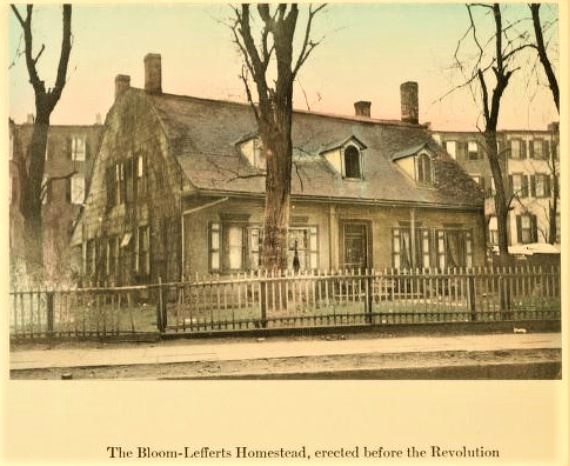
Squire Leffert Leffterts (1727-1804), the son of Jacobus Lefferts, purchased the home in 1791. The last of the Lefferts to live in the home was Cornelia, the granddaughter of Squire Lefferts. When she died in 1857, the home passed to John Bentley. It was torn down around 1908.
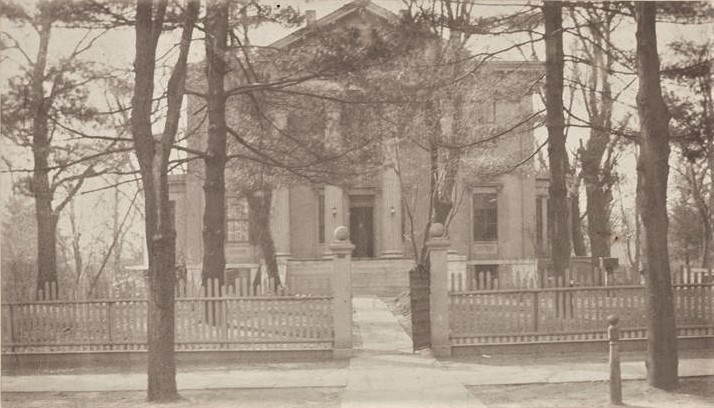
The following map of Bedford Corners in 1766-67 provides a thorough overview of the Lefferts vast real estate holdings. The large numbers indicate the farms and the small numbers indicate the houses and other structures (see the key to these numbers below).
The two houses pictured above are noted by the small 6 (on farm 14) and small 4 (on farm 18) along the old turnpike on this map.
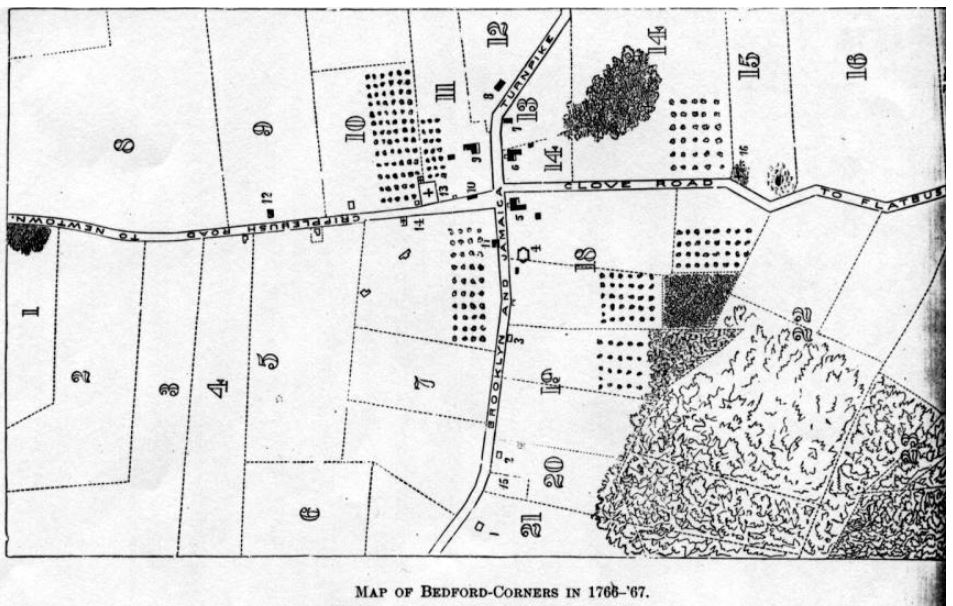
the Cripplebush Road to Newtown (today’s Bedford Avenue), and the long-gone Clove Road to Flatbush.

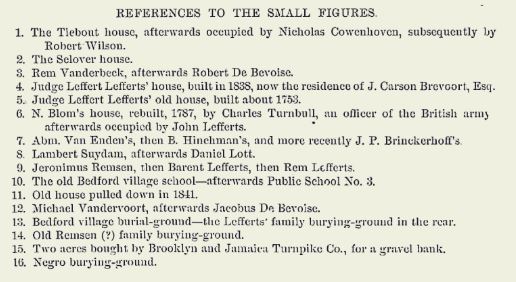
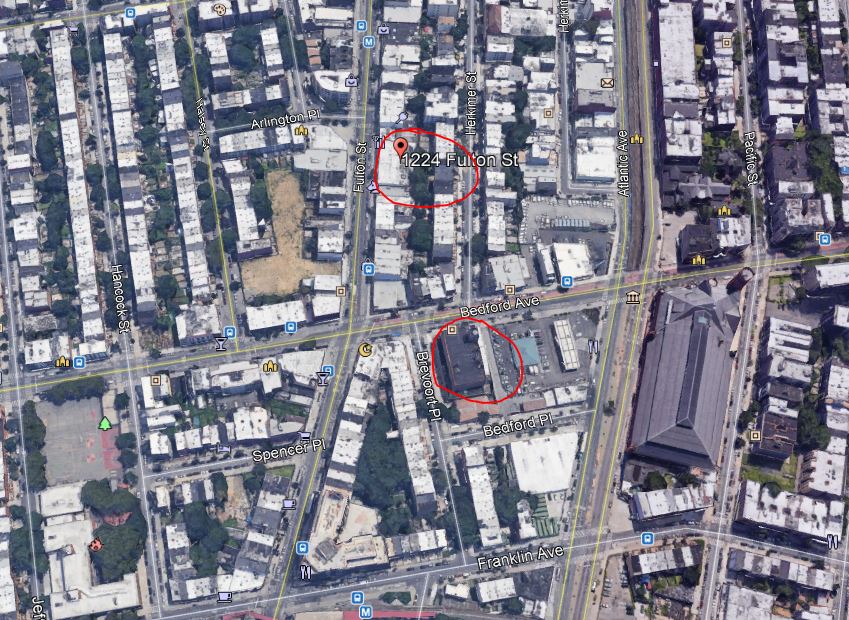



You’re so right, the reporter covering this did so in such a delightful way. Both parts brought me a much-needed smile. Thanks for sharing this feline tale (tail if you like puns!).
Thanks! I wish I could have witnessed this wonderful spectacle in person, but this recounting of the event almost made me believe I did.